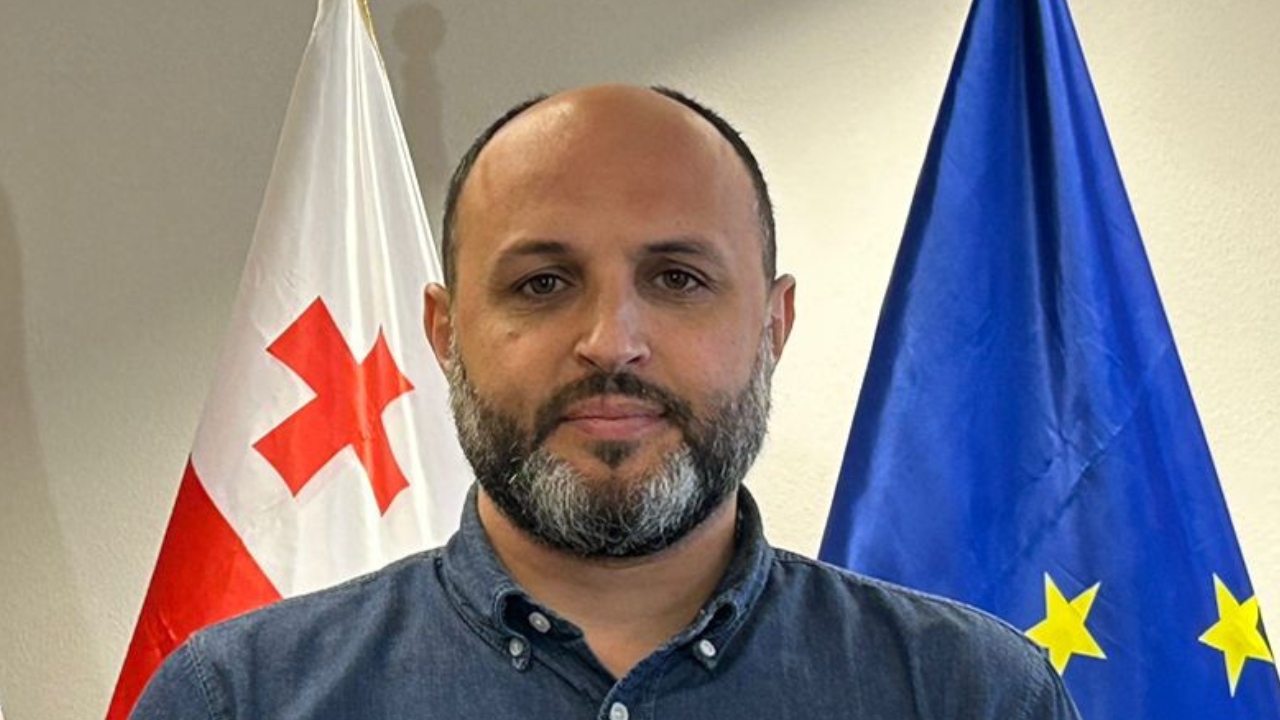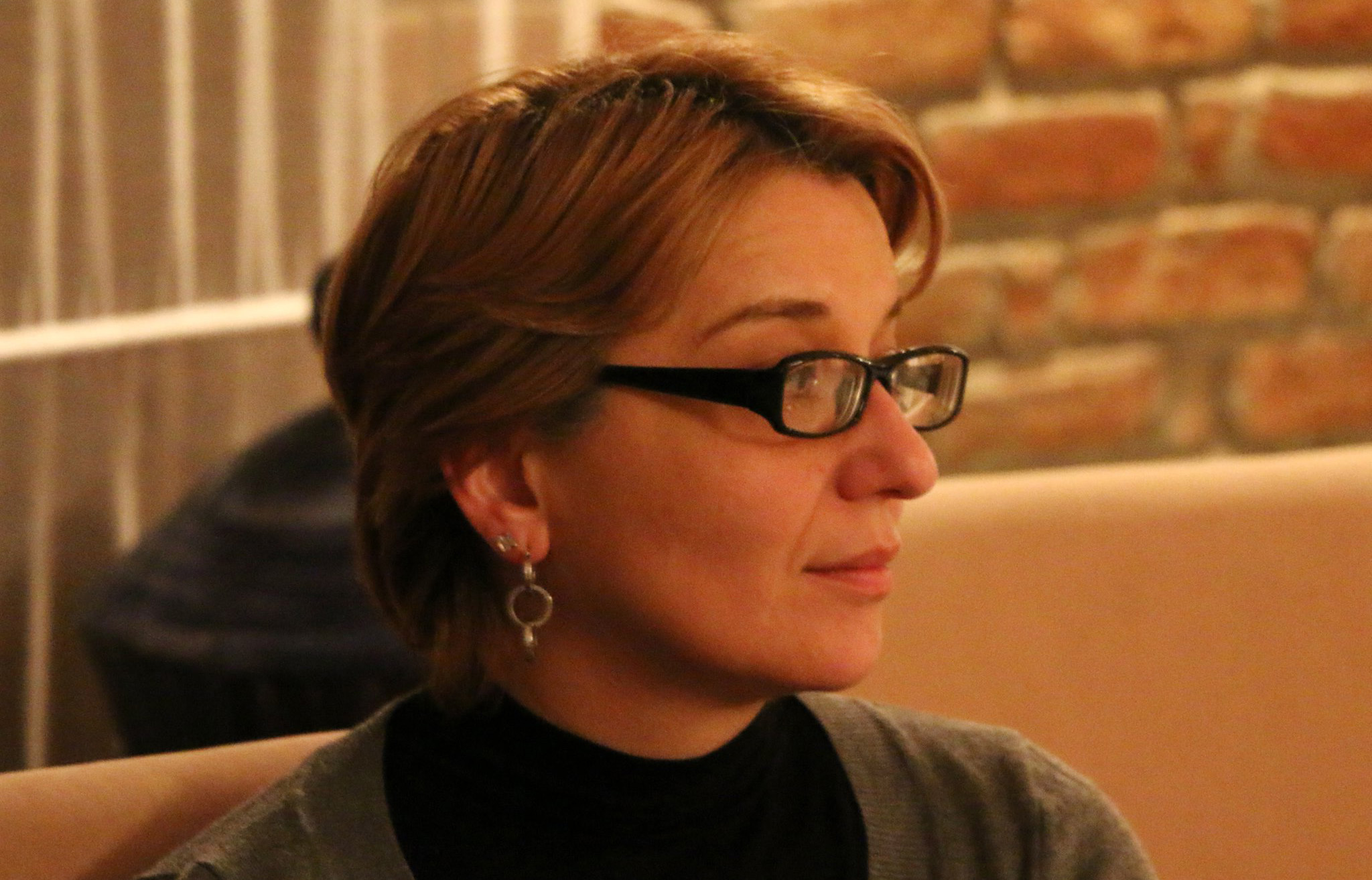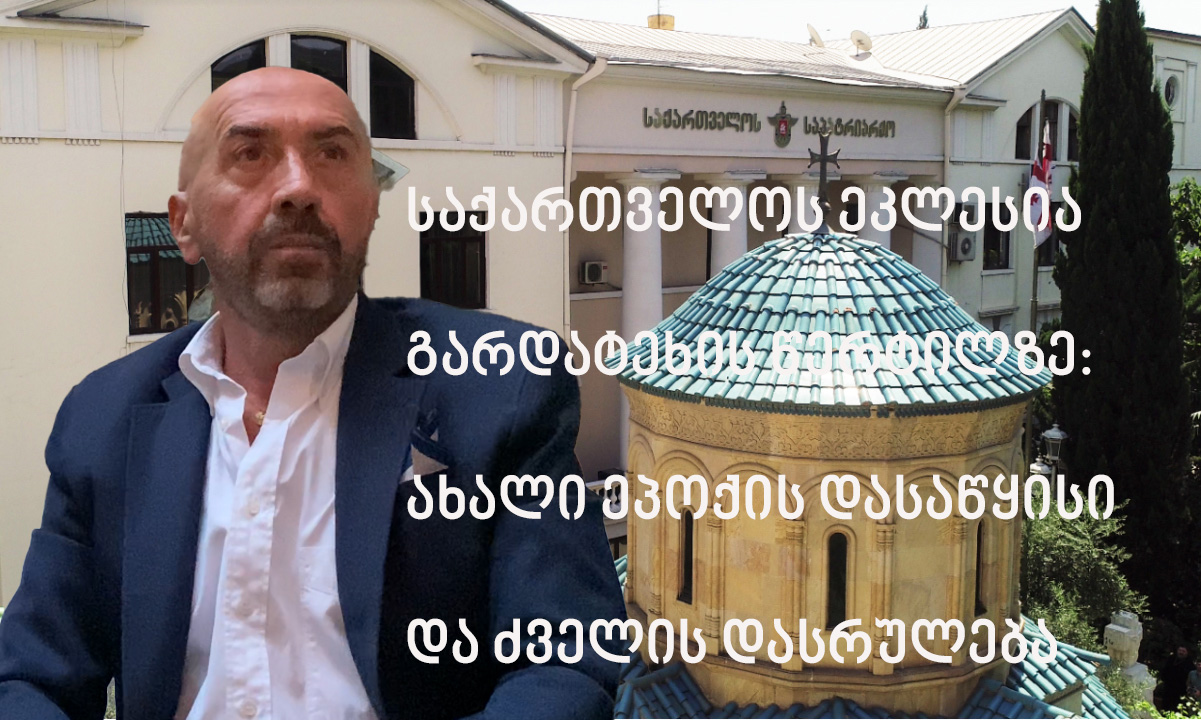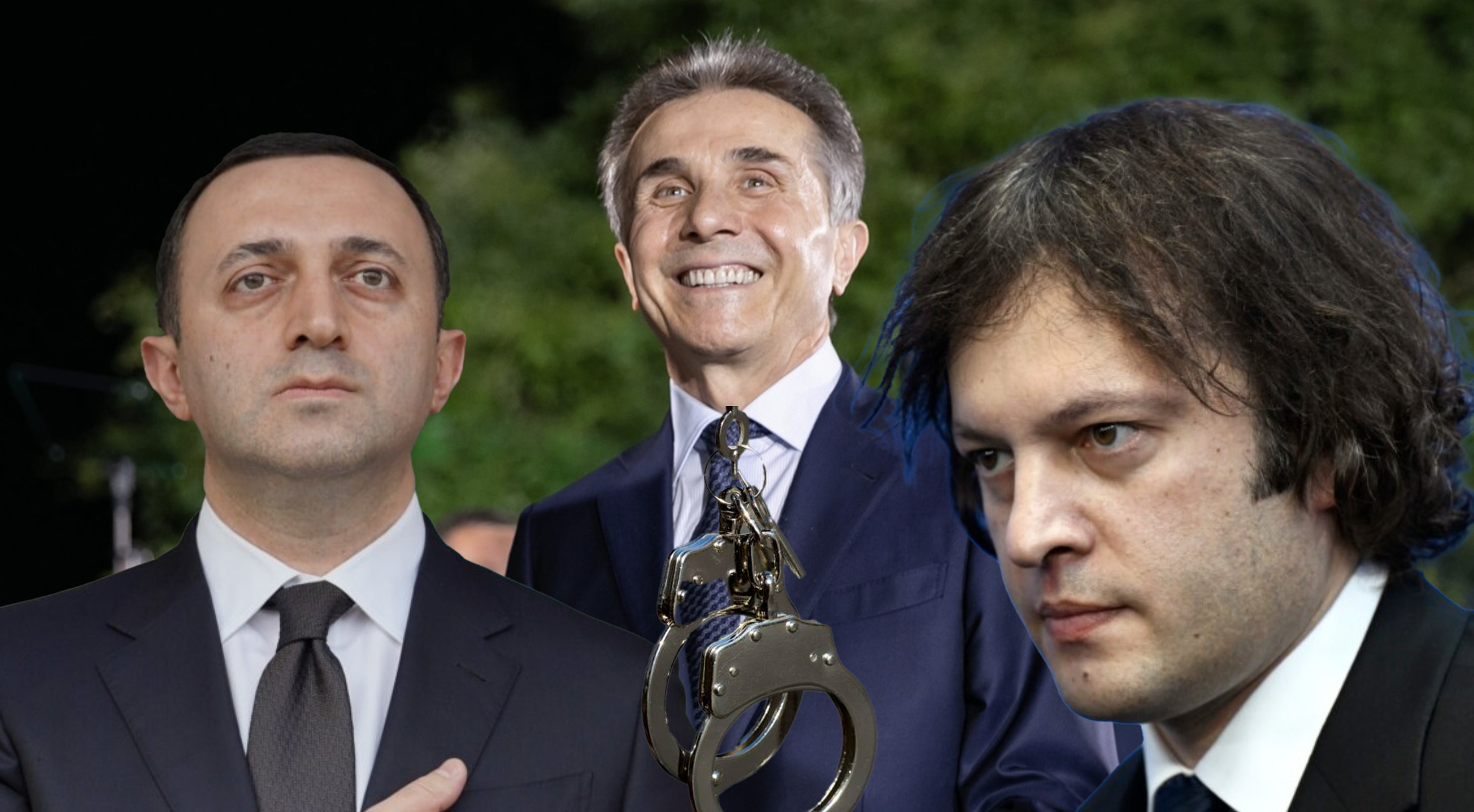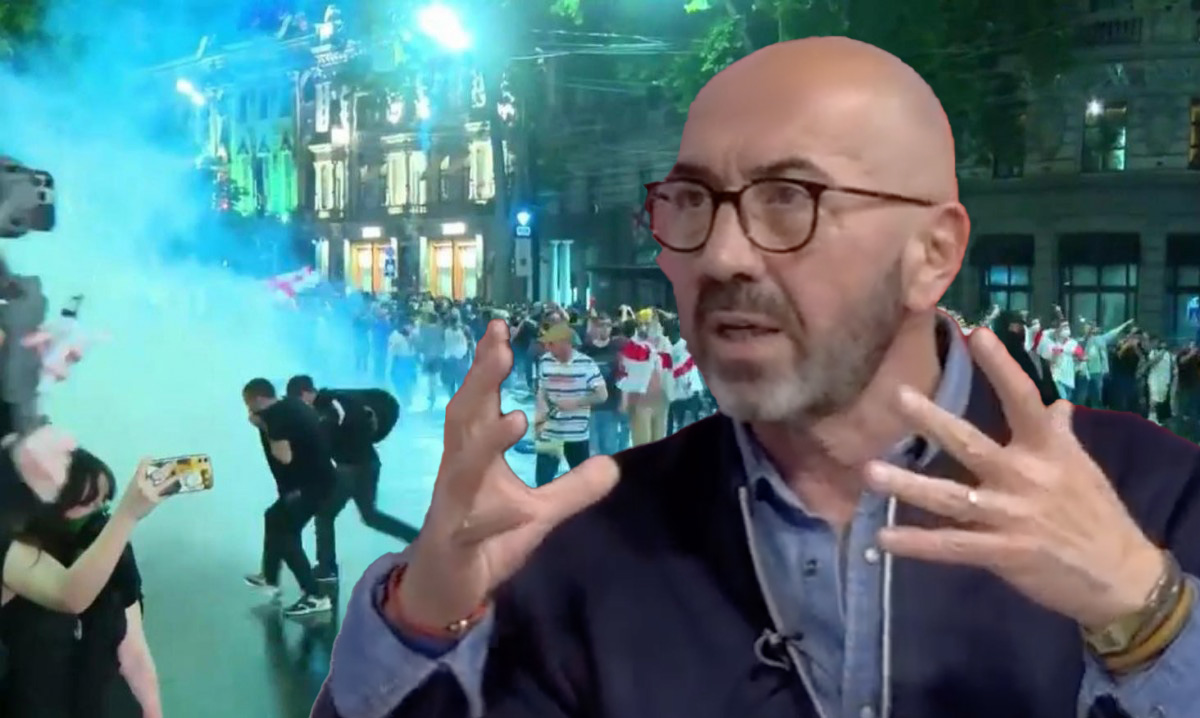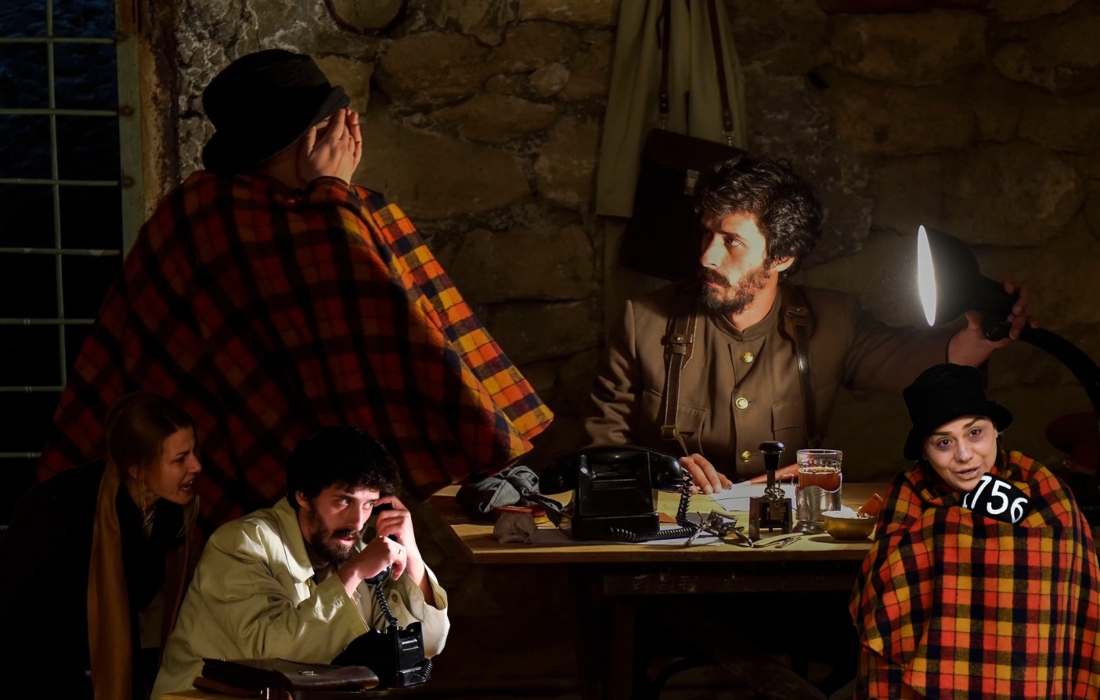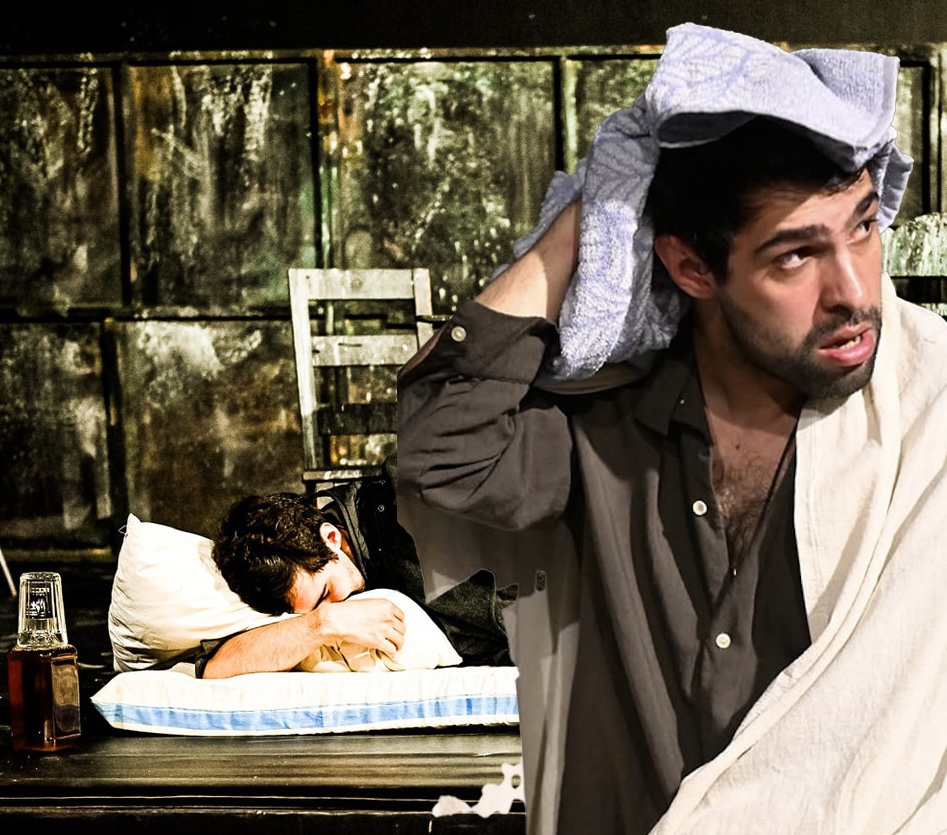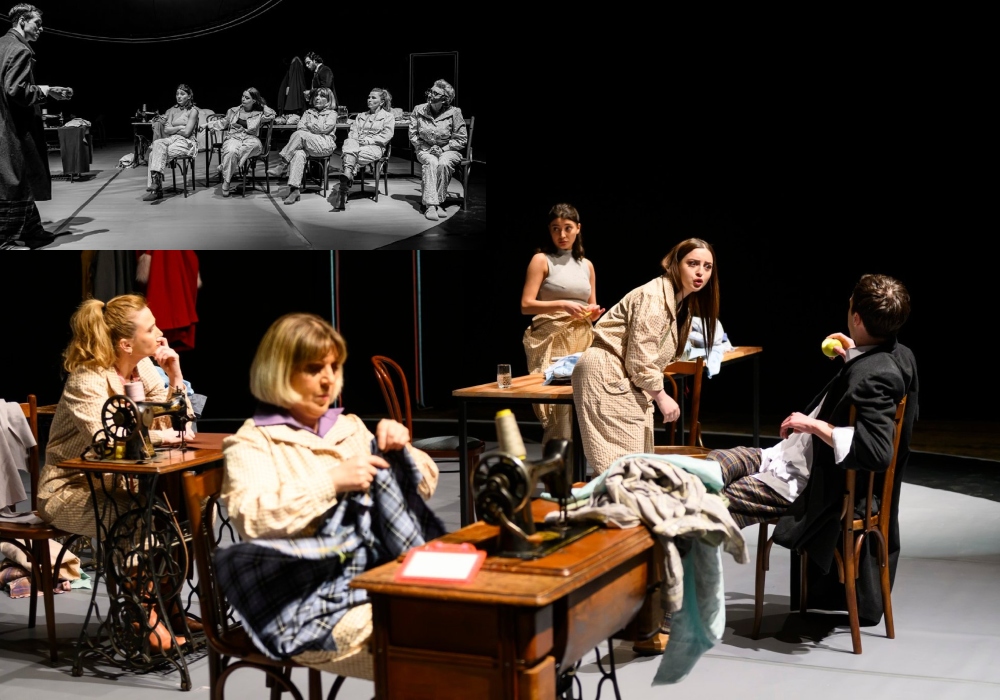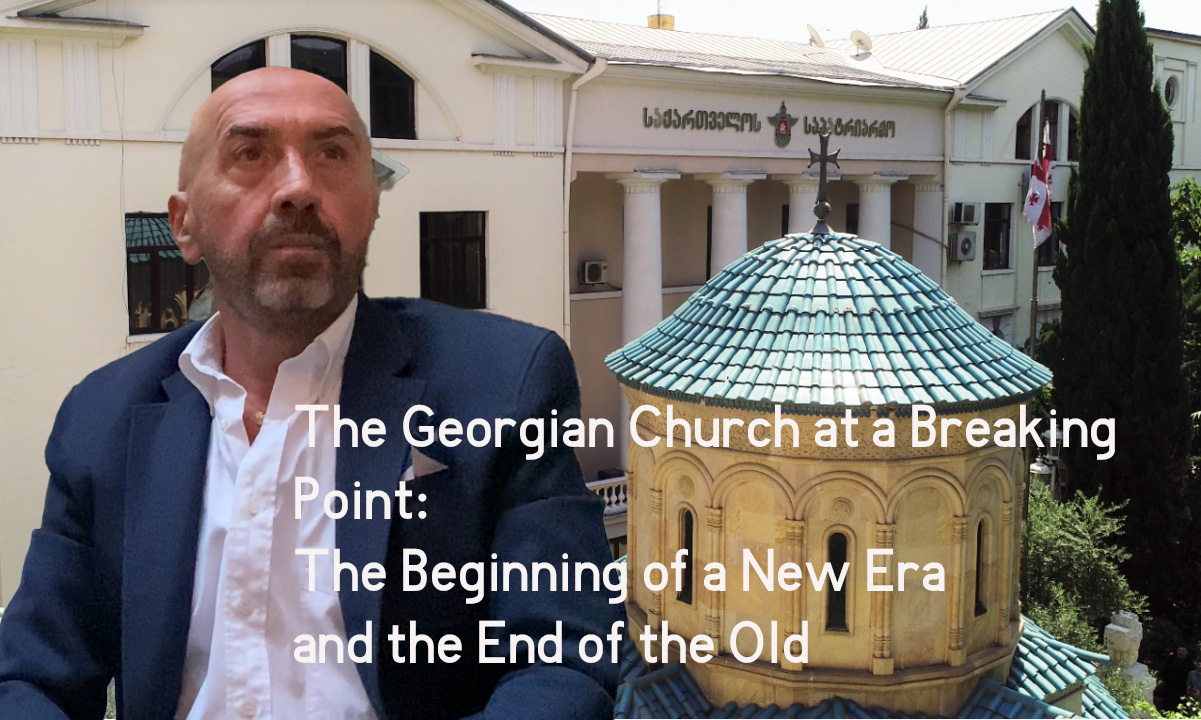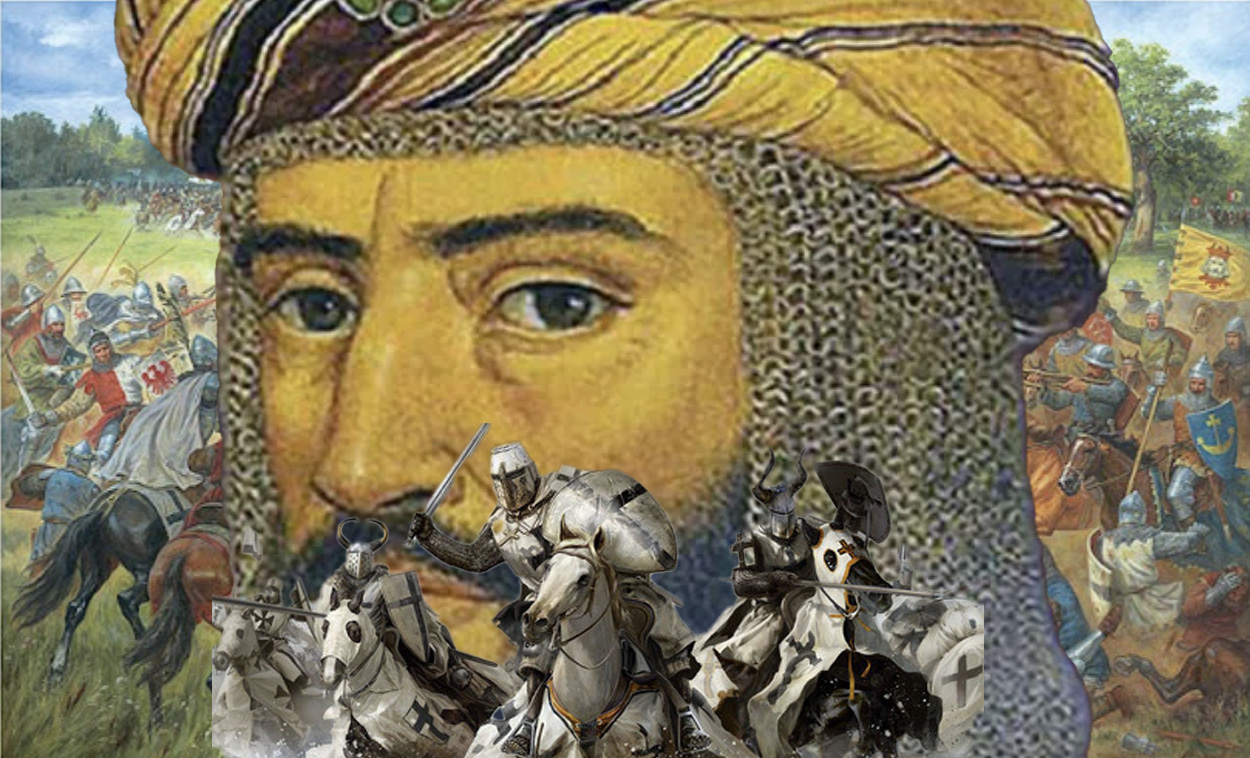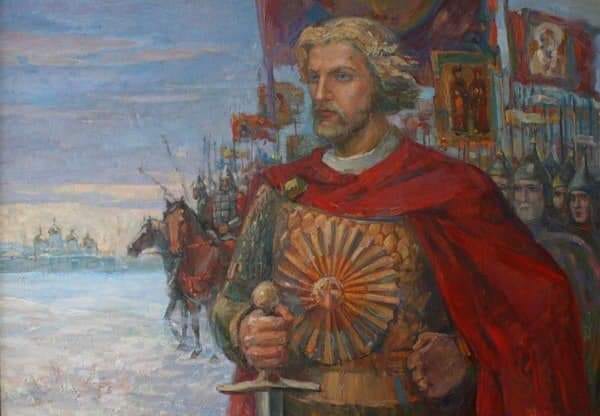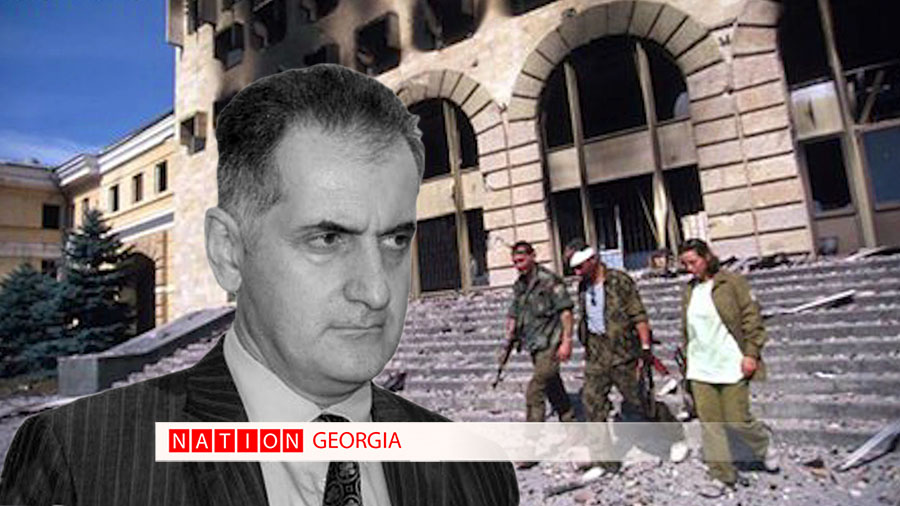
სოფიკო და ფარაჯანოვი/ Sopiko and Parajanov
06.09.2020 ნახვები: 1409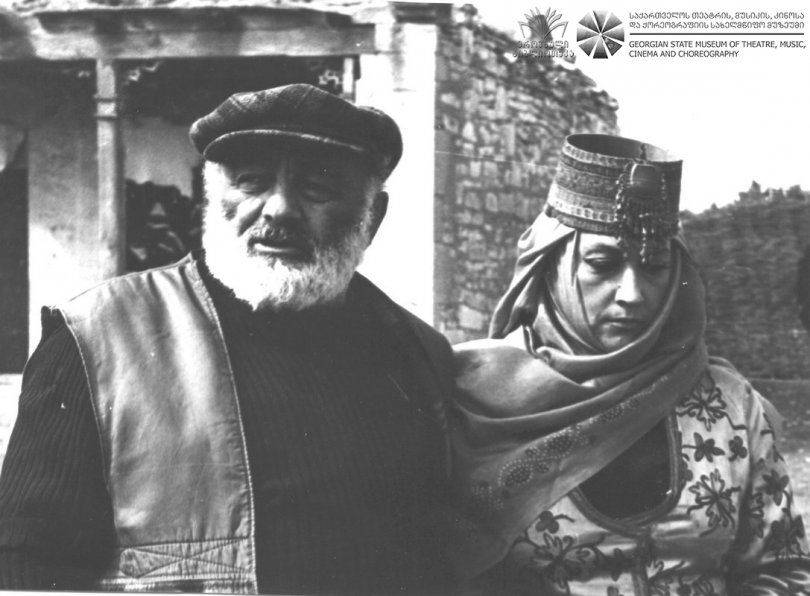
„ბროწეულის ფერით" შემოსილი ფილმის ისტორია/ The History of the Movie, Dressed in "The Color of Pomegranates"
დავით ბუხრიკიძე/ David Bukhrikidze
2020 წლის აგვისტოში რეჟისორ სერგო ფარაჯანოვის შედევრის - „საიათ-ნოვას" ეკრანებზე გამოსვლიდან 50 წელი შესრულდა. სინამდვილეში ფილმზე მუშაობა მან არა 1970 წელს, არამედ თითქმის ორი წლით ადრე დაამთავრა. თუმცა, სხვადასხვა მიზეზით, საბჭოთა ცენზურამ ფილმი ჯერ აკრძალა, შემდეგ კი დაპირებული კინოპრემიერა რამდენჯერმე გადადო...
მოგვიანებით რეჟისორი იძულებული გახდა, ფილმი ხელახლა დაემონტაჟებინა და სათაურიც შეეცვალა - მას „ბროწეულის ყვავილობა" უწოდა. თუმცა ამის მიუხედავად, ფილმის ნახვა 1970 წლის აგვისტოში მხოლოდ მაყურებელთა მცირე ნაწილმა და კინემატოგრაფთან დაახლოებულმა პირებმა მოასწრეს.
მომდევნო წელს ფილმი თბილისსა და ერევანში, პატარა კინოთეატრებში ლამის კონსპირაციულად უჩვენეს. 1973 წელს კი, როდესაც რეჟისორი ჯერ ქურდობის, ხოლო შემდეგ ჰომოსექსუალიზმის ბრალდებით დააპატიმრეს, დიდი ხნით თაროზე შემოდეს.
ფილმი მე-18 საუკუნის თბილისელი აშუღის, პოეტისა და მუსიკოსის საიათნოვას (ნამდვილი სახელია არუთიუნ საიათიანი) ბიოგრაფიას გასაოცარი, ხშირად მისტიკური ფანტაზიითა და სიმბოლოებით აღწერს. პოეტის ცხოვრება მნიშვნელოვანი თარიღებისა და ტრადიციული ქრონოლოგიური თხრობის ნაცვლად, პოეზიის ენითაა ნაჩვენები... მისი ბავშვობა, პირველი სიყვარული, სახლიდან გაქცევა, ბერობა და გარდაცვალება. და ეს ყველაფერი ეკრანზე, რეჟისორის წარმოსახვითა და საიათნოვას ლექსების დახმარებით, ულამაზეს ხატებად ცოცხლდება.
რეჟისორის მთავარი იდეაც სწორედ ეს იყო - პოეზია უფრო „სანახაობად" გადაექცია, ვიდრე ტექსტად. თავიდან, როდესაც ფარაჯანოვმა ახალგაზრდა და უკვე ცნობილ ქართველ მსახიობს, სოფიკო ჭიაურელს საიათნოვას როლის შესრულება შესთავაზა, ვერც კი წარმოიდგენდა, რომ მსახიობს ექვსი როლის (მათ შორის, მამაკაცებისა და ქალებისაც!) შესრულება მოუწევდა. თუმცა, მასთან მუშაობამ ისე გაიტაცა, სოფიკოს გარეგნობითა და პლასტიკით ისე მოიხიბლა, რომ გადაწყვიტა, კიდევ რამდენიმე როლში დაეკავებინა. ასე დაიბადა მსახიობის მიერ განსახიერებული ექვსი როლი - პოეტი ყმაწვილობაში, პოეტის სიყვარული, პოეტის მუზა, აღდგომის ანგელოზი და მიმი.
ფილმში თითქმის არ არის დიალოგები, მინიმალურია კამერის მოძრაობა, მკვეთრი მონტაჟური სვლები. რეჟისორი შთაგონებული იყო სომხური ილუსტრირებული მინიატურებით: „მინდოდა, შემექმნა ერთგვარი შინაგანი დინამიკა, რომელიც სურათიდან, ფორმებიდან და ფერების დრამატურგიიდან უფრო მომდინარეობს".
სოფიკო ჭიაურელი: „ჩემს ცხოვრებაში სერგო ფარაჯანოვმა განსაკუთრებული და დიდი როლი ითამაშა. ის უცნაური ხელოვანი იყო, უფრო ზუსტად, გენიალურად უცნაური... დღეს სერგოს ხშირად ახსენებენ ფელინის გვერდით. ჩვენ გვერდით გვყავდა ასეთი დიდი ხელოვანი და ყველაფერი გავაკეთეთ, რომ მისი ნამუშევრებით სავსე მუზეუმი დაგვეკარგა. მას შემდეგ, რაც სერგომ „საიათ-ნოვა" გადაიღო, ხშირად მოდიოდა ჩემთან და მეუბნებოდა: „მე უშენოდ ფილმს აღარ გადავიღებ"... შემდეგ დაჯდებოდა და სპეციალურად ჩემთვის როლებს იგონებდა".
მისი ფილმები („დავიწყებულ წინაპართა აჩრდილები", „ბროწეულის ფერი", „ამბავი სურამის ციხისა", „არაბესკები ფიროსმანის თემაზე", „აშუღი ქერიბი") და მთელი მისი ზიგზაგებით სავსე ცხოვრება მის მიერვე შექმნილ კოლაჟებს ჰგავს. კადრები თითქოს საგანგებოდაა დროში გაჩერებული და გაწელილი, რათა ადამიანმა მოასწროს და აღიქვას მათი სილამაზეც, მომნუსხველობაც, გაელვებაც და ბოლოს პოეტური სიკვდილიც.
მსოფლიო კინოფესტივალებზე ფარაჯანოვის ფილმებს უამრავი ჯილდო აქვს მიღებული. მისი შემოქმედებით აღფრთოვანებული იყვნენ ფელინი, გოდარი, ვაიდა, ანტონიონი, მასტროიანი... ხოლო ანდრეი ტარკოვსკი და ტონინო გუერა მასთან მეგობრობდნენ. სწორედ მათი ძალისხმევითა და ლუი არაგონის პირადი თხოვნით (რომლითაც მან 1977 წელს პარიზში მყოფ ლეონიდ ბრეჟნევს მიმართა) გახდა შესაძლებელი სერგო ფარაჯანოვის ციხიდან გათავისუფლება.
1984 წელს კინოსტუდია „ქართულ ფილმში", სოფიკო ჭიაურელისა და კინოსტუდიის დირექტორის, რეზო ჩხეიძის მხარდაჭერით, სერგო ფარაჯანოვმა „სურამის ციხე" გადაიღო. ახალგაზრდა ვარდოს როლს სწორედ სოფიკო ჭიაურელი ასრულებდა, ხოლო მოხუცს - ვერიკო ანჯაფარიძე. ფილმში კლასიკური სიუჟეტის მიღმა (როცა სურამის ციხის კედელში ჩატანებული ჭაბუკი მის სიმტკიცეს უნდა შეეწიროს) მნიშვნელოვანია სწორედ მარადიულ საწყისებს შორის ბრძოლაც და კავშირიც: სიყვარული და სიკვდილი, პოეზია და მისტიკა, მითი და ისტორია.
სოფიკო ჭიაურელი: „ის ჭეშმარიტად არტისტული ბუნების ადამიანი იყო. სახლში არ ჰქონდა არც ტელევიზორი, არც ტელეფონი, არც რადიო. როცა რამე სჭირდებოდა, მეზობელს არეკვინებდა... ერთხელ არკადი რაიკინი იყო ჩამოსული და სტუმრად უნდა მისულიყო, თუმცა სერგოს სახლში არაფერი ჰქონდა. უცებ საიდანღაც სპილენძის ძველებური თასი მოძებნა, მეზობლებს ბროწეულები გამოართვა და ზედ დააწყო. ისეთი სილამაზის ნატურმორტი შექმნა, რომ რაიკინი ამ სილამაზისგან გაოგნებული დარჩა".
------
In August 2020 it was the 50th anniversary of debut of "Sayat-Nova" - the masterpiece of the film director Sergo Parajanov. In reality, he finished working on the film not in 1970, but two years earlier. Nevertheless, for different reasons, the film was first banned by Soviet censorship, then the promised debut was postponed several times...
Later the film director had to re-edit the film and change the title - he called it "Blossoming of Pomegranate". Nevertheless, in spite of it, only small number of spectators and the persons, having close relations with cinematography, managed to watch movie in August, 1970.
The next year the movie was shown in Tbilisi and Yerevan, in small cinemas almost conspiratorially. And in 1973, when the film director was arrested first for stealing, then for homosexuality charges, the film was put on the shelf for a long time.
The movie describes the biography of ashugh, poet and musician of the XVIII c. from Tbilisi - Sayat-Nova (the real name is Harutyun Sayatyan) with amazing, often mystical fantasy and symbols. Instead of important dates and traditional chronological narrations, the poet's life is shown in the language of poetry... his childhood, the first love, running away from home, monkhood and death. And all the above mentioned revives on the screen in extremely beautiful images with the imaginations of the film director and support of Sayat-Nova's poems.
It was exactly the director's central idea - to make poetry more "visual" rather than textual. In the beginning, when the film director offered the young and already famous Georgian actress, Sopiko Chiaureli, to play Sayat-Nova's role, he couldn't even imagine, that the actress could have to play six roles (including men and women!). However, he was so infatuated by working with her, he was so fascinated with Sopiko's appearance and plasticity, that he decided to involve her in several additional roles. That is how the actress' six roles were born - the poet in young years, the poet's love, the poet's muse, Easter angel and mime.
There are almost no dialogues in the movie; camera movement is minimalized; editing moves are sharp. The film director was inspired by illustrated Armenian miniatures: "I wanted to create a kind of internal dynamics, which follows from picture, forms and color dramaturgy at higher extent."
Sopiko Chiaureli: "Sergo Parajanov played very special role in my life. He was a strange artist, more exactly, weird in genius way... Now Sergo is often mentioned by the side of Fellini. We had such great artist and we did everything to lose the museum, full of his works. After Sergo made the movie "Sayat -Nova", he often used to come to me and tell me: "I will never make a film without you"... Then he used to sit and invent roles specially for me".
His movies ("Shadows of Forgotten Ancestors", "The Color of Pomegranates", "The Legend of Surami Fortress", "Arabesques on the Pirosmani Theme", "Ashik Kerib" and the whole his life, full of zigzags resemble collages created by him. It seems that the frames are specially stopped in time and prolonged so that a person manages to perceive their beauty, mesmerizingness, lightning and finally, poetic death.
Parajanov's movies earned many awards on the world movie festivals. Fellini, Godard, Wajda, Antonioni, Mastroianni were amazed by his creative work... and Andrei Tarkovsky and Tonino Guerra were his friends. Just their efforts and Louis Aragon's personal request (which he applied to Leonid Brezhnev, visiting Paris in 1977), made it possible to release Sergo Parajanov from prison.
In 1984 Sergo Parajanov made movie "The Surami Fortress" in "Georgian Film Studio" with support of Sopiko Chiaureli and the director of the film studio Rezo Chkheidze. It was Sopiko Chiaureli, who played the role of young Vardo, and Veriko Anjaparidze - Vardo in old years. In the movie, beyond the classical story (when the young boy, built in the walls of Surami Castle has to be sacrificed for its strength), both the fight and connection between the eternal origins - love and death, poetry and mysticism, myth and history - are important.
Sopiko Chiaureli: "He was the person of truly artistic nature. He didn't have a TV, telephone, or radio at home. When he needed something, he asked a neighbor to make a call... Once Arkady Raikin arrived and wanted to visit him, but Sergo had nothing at home. Suddenly he found an old copper bowl, asked neighbors for pomegranates and put them on it. He created such a beautiful still life that Raikin was astonished at its beauty".

